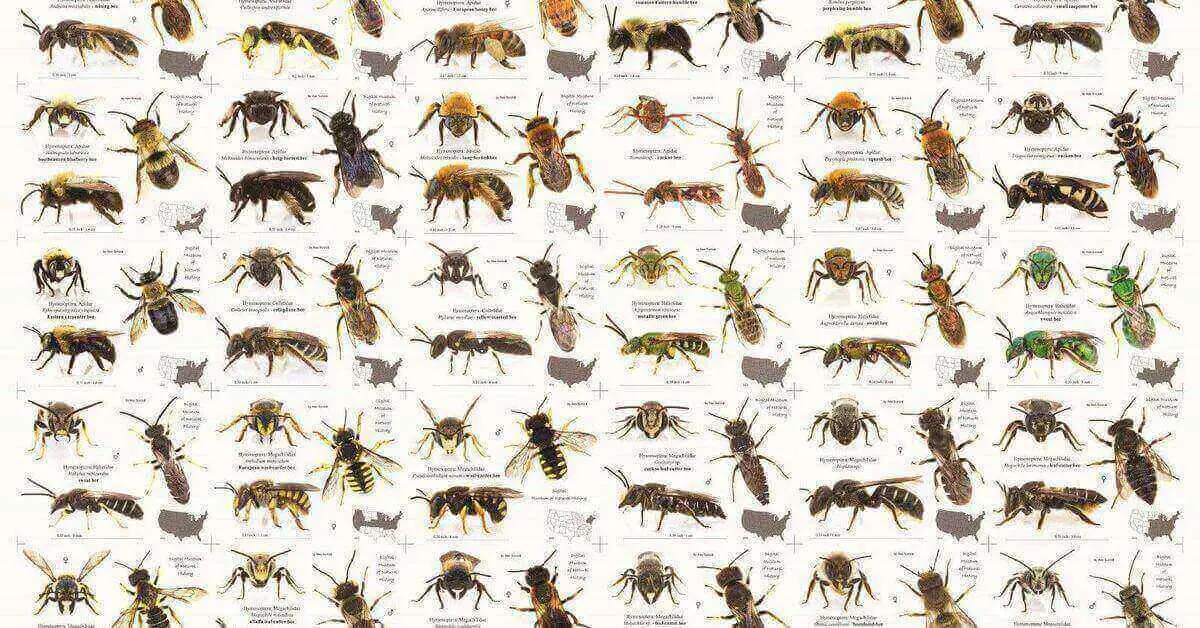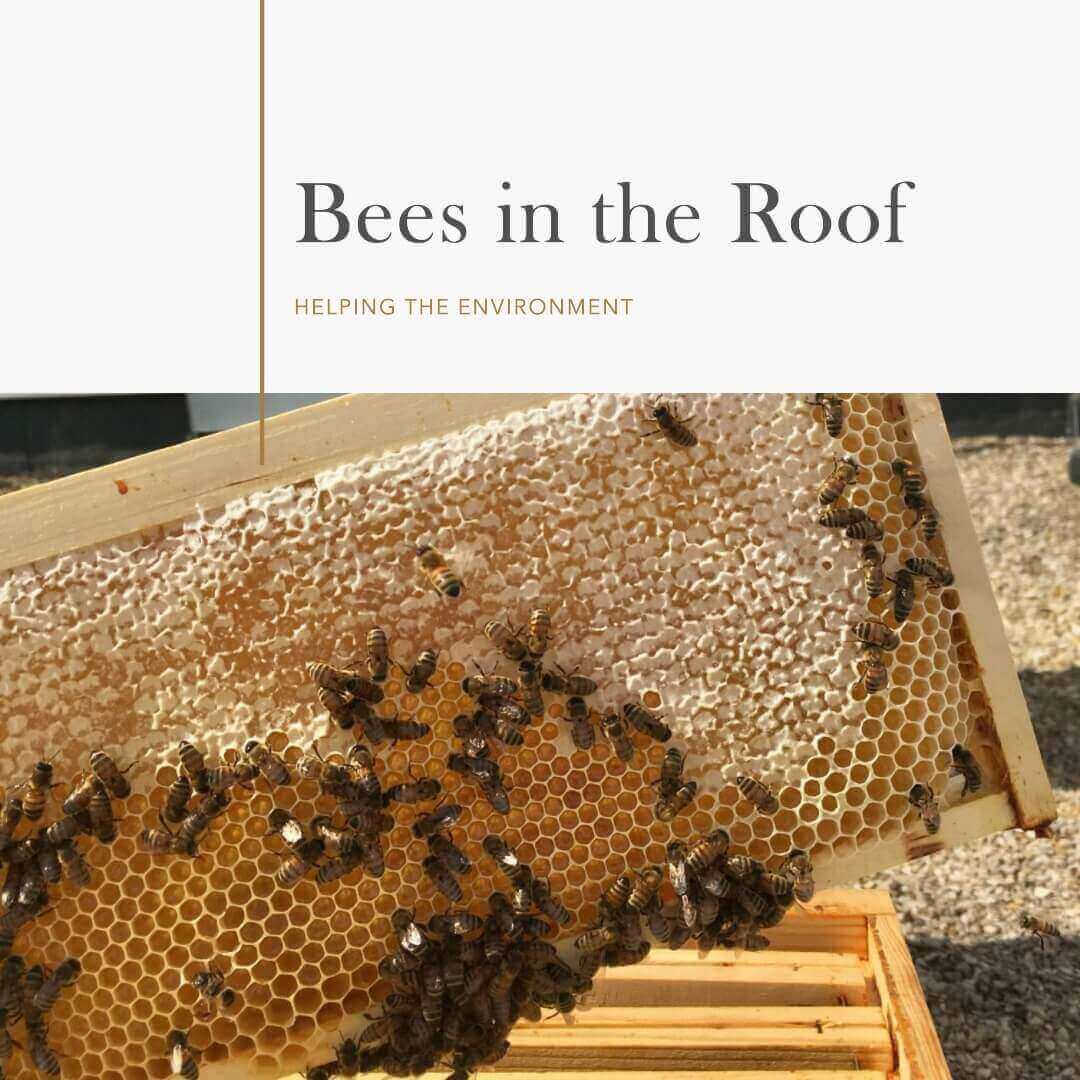Bees play a vital role in our ecosystem as pollinators, facilitating the reproduction of plants and ensuring the production of fruits, vegetables, and seeds. In this comprehensive article, why bees are dying & also delve into the various factors affecting bee populations, including pesticides, habitat loss, climate change, Varroa mites, viruses and diseases, colony collapse disorder, monoculture agriculture, pollution, lack of floral resources, and genetic factors.
Why Bees Are Dying and What We Can Do About It
Pesticides
Pesticides, including insecticides, fungicides, and herbicides, have been widely used in agriculture to protect crops from pests, diseases, and weeds. While these chemicals are intended to target specific organisms, they can have unintended consequences on non-target species, including bees. Neonicotinoids, a class of insecticides commonly used in agriculture, have been particularly problematic for bees. These chemicals can affect bees’ central nervous system, impairing their ability to navigate and forage for food. Exposure to pesticides can also weaken bees’ immune systems, making them more susceptible to diseases and parasites.
Habitat Loss
Habitat loss is a significant threat to bee populations. With the expansion of urban areas, industrial development, and intensive agriculture, bees are losing their natural habitats. Destruction of forests, grasslands, and other natural areas eliminates the diverse range of plants that bees rely on for food and nesting sites. Additionally, the conversion of land for agricultural purposes often leads to the removal of wildflowers and native plants, further reducing the availability of floral resources for bees.
Bees are Dying because of Climate Change
Climate change is another factor contributing to the decline of bee populations. Rising temperatures, altered precipitation patterns, and extreme weather events can disrupt the synchrony between bees and flowering plants. Bees rely on specific cues, such as temperature and day length, to time their emergence and foraging activities with the availability of floral resources. Climate change can disrupt this delicate balance, leading to mismatches between bees and their preferred food sources.

Varroa Mites
Varroa mites (Varroa destructor) are parasitic mites that have become one of the most significant threats to honeybees worldwide. These mites attach themselves to honeybees and feed on their hemolymph, weakening the bees and making them more susceptible to diseases. The transmission of viruses by Varroa mites, such as the deformed wing virus, further compounds the negative impact on bee colonies. Beekeepers must actively manage Varroa mite infestations to maintain healthy bee populations.
Viruses and Diseases
Viruses and diseases can have devastating effects on bee colonies. Various pathogens, including viruses, bacteria, and fungi, can infect bees and weaken their immune systems. For instance, the deformed wing virus causes deformities in bees’ wings, making it difficult for them to fly and forage. Other diseases, such as American foulbrood and European foulbrood, can lead to the death of bee larvae, resulting in colony collapse. Effective disease management practices and bee health monitoring are crucial for mitigating the impact of these pathogens.
Colony Collapse Disorder
Colony collapse disorder (CCD) is a phenomenon characterized by the sudden and widespread loss of adult honeybees from a colony. The exact causes of CCD are still not fully understood, but it is believed to result from a combination of factors, including pesticide exposure, Varroa mite infestations, viral infections, and nutritional deficiencies. CCD has had significant economic implications for beekeepers and agricultural systems that rely on bees for pollination.
Related Articles:
- Can You Eat Honeycomb?
- Do Bees Drink Water: Importance of Water for Bees
- Do Bees Hibernate? Why do Bees Hibernate?
Monoculture Agriculture
The expansion of monoculture agriculture, where large areas are cultivated with a single crop, has negatively impacted bee populations. Monocultures often lack the diversity of flowering plants that bees need for a balanced diet. Bees require a variety of pollen and nectar sources throughout the year to meet their nutritional needs. In monoculture landscapes, where only one crop is grown, bees have limited access to diverse food sources, leading to malnutrition and weakened immune systems.
Pollution Affect on Bees
Pollution, including air, water, and soil pollution, can also harm bees. Air pollution, primarily from industrial emissions and vehicle exhaust, can contaminate the nectar and pollen that bees collect from flowers. Water pollution, from agricultural runoff and industrial waste, can affect bees’ access to clean water sources, which they need for hydration and maintaining hive humidity. Soil pollution, often caused by the excessive use of chemical fertilizers and pesticides, can degrade the quality of plants and reduce their nutritional value for bees.
Lack of Floral Resources
The availability of floral resources is crucial for bee survival and reproduction. However, urbanization, habitat loss, and changes in land use have significantly reduced the abundance and diversity of flowering plants in many regions. Bees rely on a variety of flowering plants to obtain the necessary nutrients for their survival. Without a diverse range of flowers, bees may experience nutritional deficiencies, weakened immune systems, and reduced reproductive success.
Bees are Dying because of Genetic Factors
Genetic factors also play a role in bee health and survival. Some bee populations may have genetic traits that make them more resilient to specific stressors, such as pesticide exposure or diseases. Genetic diversity within bee populations is essential for their ability to adapt to changing environmental conditions. However, factors such as intensive breeding practices and the introduction of non-native bee species can reduce genetic diversity, making bees more vulnerable to various threats.
Save bees from dying in your backyard
Plant bee-friendly flowers and plants: Create a diverse garden with a variety of flowers that bloom at different times of the year. Opt for native plant species that provide nectar and pollen for bees.
Avoid using pesticides: Pesticides can be harmful to bees and other beneficial insects. Instead, use organic or natural alternatives, or employ integrated pest management techniques to control pests without resorting to chemicals.
Provide a water source: Bees need water for hydration. Place a shallow container with clean water in your garden, preferably with floating objects or pebbles for the bees to land on and drink safely.
Build bee houses or nesting sites: Some species of bees, like solitary bees, nest in tunnels or cavities. You can create bee houses or leave areas of your garden undisturbed to provide nesting sites for these bees.
Support local beekeepers: Purchase honey and other bee-related products from local beekeepers who use sustainable and bee-friendly practices. This helps support their efforts in beekeeping and conservation.
Conclusion
The decline of bee populations worldwide is a cause for concern, considering the vital role they play in pollination and maintaining ecosystem balance. Factors such as pesticides, habitat loss, climate change, Varroa mites, diseases, colony collapse disorder, monoculture agriculture, pollution, lack of floral resources, and genetic factors all contribute to this alarming trend.




